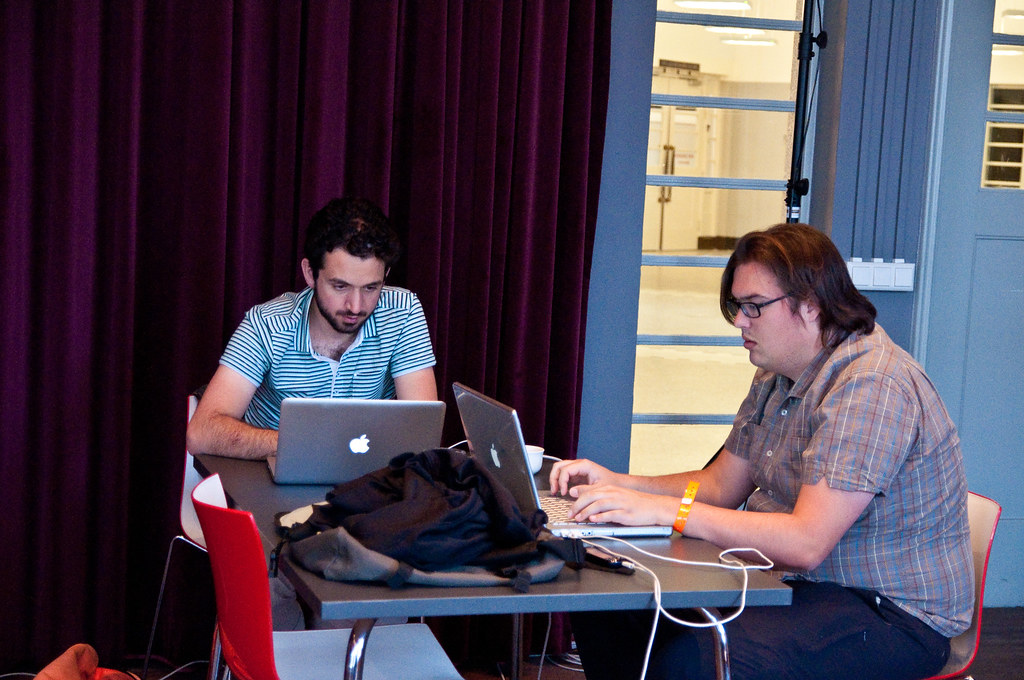With members of the Digital Methods Initiative we participated in Hack de Overheid where we created a mockup of Tikkr. Tikkr displays the pulse of media spaces and the pace of issues across different media spaces. Our concept won the third prize, woohoo! Notes and slides from our presentation are located below the photos. All pictures from Hack de Overheid are located on Flickr.
Tikkr
The web may be seen as having different media spaces or spheres which have a different pace and where authority is established differently. For example, an issue may be discussed on Twitter and not in the news. On top of that, an issue may “jump†from one media space to another. Until now there has not been a visual overview of where an issue is discussed on the web, its pace, or pulse, and how it may syndicate to other spheres. Tikkr provides the pace of different spheres where an issue is discussed and provides us with a media pulse.
It is aimed at (data-driven) journalists and political parties. Sources are important for journalists and on the web we can find new authorative sources (what the web considers to be authorative, namely: retweets on Twitter, likes in Facebook). There are no pre-defined authorative sources, there is an emerging authority of sources. For political parties it allows you to track your issue, locate where it is and where it is not!
What is the pulse of media spaces: when and where do issues arise? What is the relation of sources across spaces? We can locate hot and cold issues: An issue is published in the news, picked up by Twitter, the dying of an issue > the ticker stops ticking. Where do issues originate and where do they travel? Where is the primary source? Cross reference of sources: Where does an issue resonate most?
Slides
[slideshare id=4410281&doc=hackdeoverheid-100604065210-phpapp02]







2 thoughts on “Photos Hack de Overheid & Tikkr”